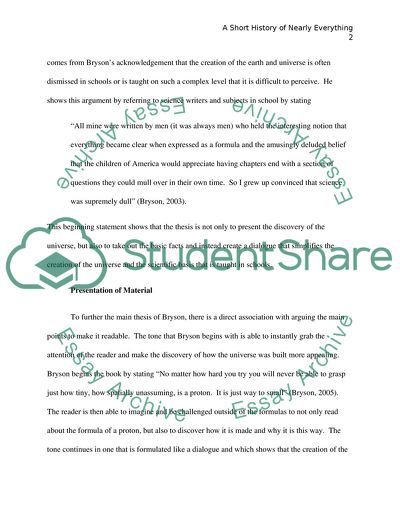Cite this document
(Reaching Students and Their Needs for Learning in an Alternative Manne Book Report/Review, n.d.)
Reaching Students and Their Needs for Learning in an Alternative Manne Book Report/Review. https://studentshare.org/education/1743847-review-critique-of-a-book-a-short-history-of-nearly-everything-by-bill-bryson
Reaching Students and Their Needs for Learning in an Alternative Manne Book Report/Review. https://studentshare.org/education/1743847-review-critique-of-a-book-a-short-history-of-nearly-everything-by-bill-bryson
(Reaching Students and Their Needs for Learning in an Alternative Manne Book Report/Review)
Reaching Students and Their Needs for Learning in an Alternative Manne Book Report/Review. https://studentshare.org/education/1743847-review-critique-of-a-book-a-short-history-of-nearly-everything-by-bill-bryson.
Reaching Students and Their Needs for Learning in an Alternative Manne Book Report/Review. https://studentshare.org/education/1743847-review-critique-of-a-book-a-short-history-of-nearly-everything-by-bill-bryson.
“Reaching Students and Their Needs for Learning in an Alternative Manne Book Report/Review”. https://studentshare.org/education/1743847-review-critique-of-a-book-a-short-history-of-nearly-everything-by-bill-bryson.


